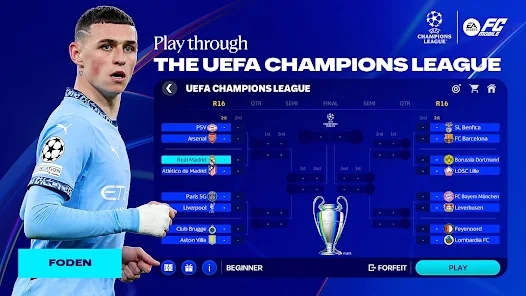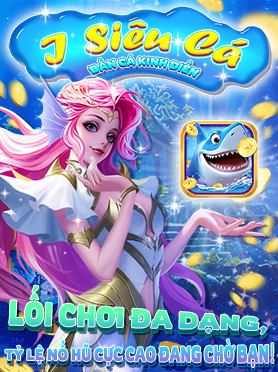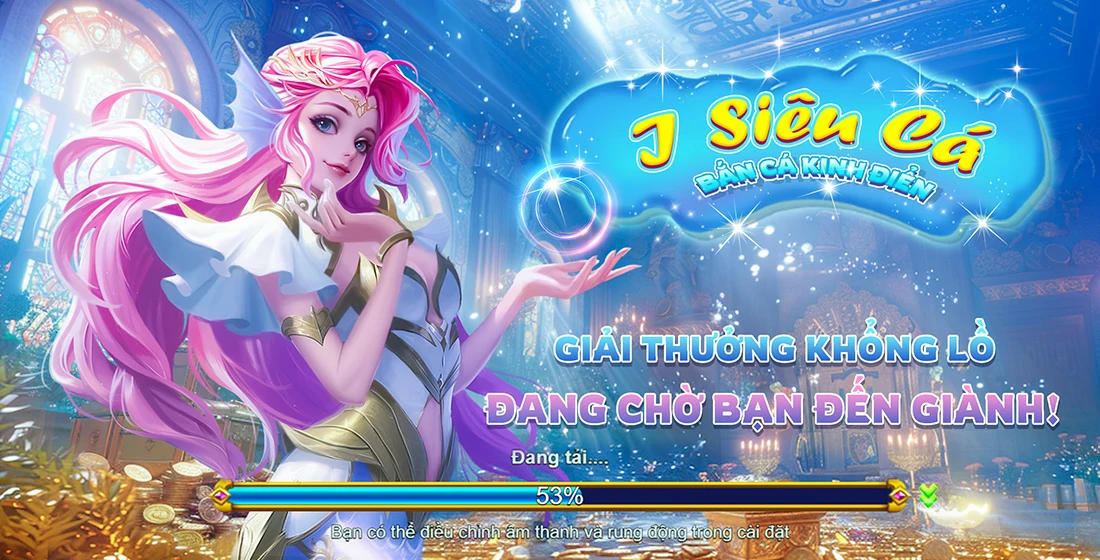Why Sandbox Games Are Revolutionizing Player Creativity and Game Design
Sandbox games have emerged as a transformative force in the gaming world. These interactive landscapes allow players to unleash their creativity like never before. From cities to farms, sandbox games offer players endless possibilities. In this article, we explore how these games are changing both player creativity and the design landscape.
What are Sandbox Games?
Sandbox games are a genre that emphasizes open-world play, where players can manipulate environments and engage in exploration free from the confines of strict objectives. Think of them as digital playrooms. In these spaces, players create, build, and destroy at their own pace, often shaping their own narratives.
Notable Examples of Sandbox Games
- Minecraft: A trailblazer in sandbox gaming that allows players to build anything from simple structures to complex machines.
- Terraria: Offers a 2D side-scrolling experience, enriching the sandbox genre with unique crafting and exploration elements.
- Roblox: A platform where users can create their own games and experiences, showcasing the power of user-generated content.
- Garry's Mod: A sandbox mod for Half-Life 2 that allows players to manipulate game elements in limitless ways.
The Appeal of Sandbox Gaming
Why do players flock to sandbox games? The answer lies in their innate desire for freedom. Players can experiment, make mistakes, and learn in a risk-free environment. This autonomy fosters creativity, allowing users to express themselves in ways traditional games may not permit. Is it any wonder that titles like Minecraft have sold millions of copies worldwide?
Sandbox Games and Player Creativity
One of the most significant implications of sandbox games is their impact on player creativity. Unlike linear games, where the path is laid out, sandbox environments empower players to design their experiences. This flexibility encourages innovative thinking, collaboration, and the sharing of ideas among players. For instance, Minecraft's community generates countless videos, tutorials, and fan art, inspiring others to engage in creative processes.
Game Design Evolution Due to Sandbox Models
Sandbox games challenge traditional game design principles. Developers are moving away from rigid constraints to adopt more fluid frameworks. This shift promotes the design of non-linear storytelling, expanding what a “game" can be. It’s not just about completing levels anymore; it’s about the journey and what players choose to create along the way.
Player Interaction: Cooperation and Competition
The sandbox genre encourages both cooperation and competition among players. In games like Clash of Clans, the design caters to building communities while also allowing players to engage in strategic competition. This duality not only enriches the gameplay experience but also facilitates social connections, as players collaborate on farming bases or tackle challenges together.
Benefits of Player Creativity in Sandbox Games
| Benefit | Description |
|---|---|
| Enhanced Problem Solving | Players often face challenges that require critical thinking and ingenuity to overcome. |
| Collaboration Skills | Working with others fosters teamwork and communication. |
| Personalized Experiences | Players can tailor their gameplay to suit their interests and creative styles. |
| Community Building | Sandbox games create spaces for communities to emerge and grow, exchanging ideas and creations. |
Creating Your Own Sandbox Game: The Essentials
Interested in designing your own sandbox game? Here are a few essentials to consider:
- Define Core Mechanics: Identify the primary actions players will take within your game.
- Design Freedom: Allow players to manipulate the environment in engaging and meaningful ways.
- Community Features: Consider how players will interact, whether through collaboration, competition, or social sharing.
- Visual Style: Create an appealing aesthetic that draws players in and encourages exploration.
Technological Advances in Sandbox Games
The intersection of technology and sandbox gaming has also played a pivotal role in their evolution. From better graphics rendering to advanced physics engines, players now enjoy more immersive worlds. Tools like VR and AR are beginning to redefine player interaction, making sandbox experiences even more engaging.
The Future of Sandbox Games
As we look ahead, the evolution of sandbox games seems promising. With advancements in AI and machine learning, games may one day offer dynamically generated content that adapts to individual player styles. Picture a game that learns from you and presents challenges or opportunities based on your previous actions!
Industry Trends Influencing Sandbox Design
Several trends are shaping the future of sandbox game design:
- Player-Centric Development: Games increasingly focus on community feedback.
- Monetization Strategies: Expanding from traditional purchases to microtransactions, affecting how games are played.
- Cross-Platform Play: Ensuring accessibility across devices, enhancing community engagement.
- AI and Procedural Generation: Using AI to create unpredictable environments, keeping the experience fresh.
Conclusion: Embrace the Sandbox Revolution
Sandbox games are more than just entertainment; they are a canvas for player expression and creativity. The power of these open-world mechanics lies in their ability to transform how we engage with digital spaces, shifting the narrative from structured gameplay to limitless innovation. As technology continues to evolve, the potential for sandbox games seems boundless. Whether you’re a player or a developer, embracing this revolution can lead to rewarding experiences and unexpected adventures.



